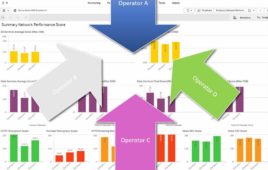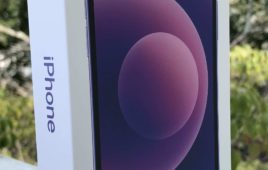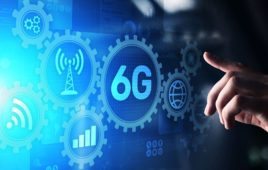 T-Mobile today announced that it has reached a deal to acquire $2.4 billion worth of 700 MHz A-Block licenses. The proposed transaction also includes the transfer of certain T-Mobile AWS and PCS licenses to Verizon, which according to a press release have an aggregate value of approximately $950 million.
T-Mobile today announced that it has reached a deal to acquire $2.4 billion worth of 700 MHz A-Block licenses. The proposed transaction also includes the transfer of certain T-Mobile AWS and PCS licenses to Verizon, which according to a press release have an aggregate value of approximately $950 million.
T-Mobile says the new airwaves, when combined with its existing A-Block holdings in Boston, will result in T-Mobile having low-band spectrum in 9 of the top 10 and 21 of the top 30 markets across the United States.
John Legere, President and CEO of T-Mobile, called the purchase a “great opportunity” for T-Mobile.
“These transactions represent our biggest move yet in a series of initiatives that are rapidly expanding our already lightning fast network and improving its performance across the country. We will continue to find ways to advance our customers’ network experience just as our bold Un-carrier moves have shaken up the wireless industry to benefit consumers.”
When combined with its existing spectrum in Boston, T-Mobile will have low-band spectrum covering approximately 158 million people, including New York, Los Angeles, Dallas, Houston, Philadelphia, Atlanta, Washington D.C., and Detroit.
Provided the deal gets the necessary regulatory approvals, T-Mobile said it anticipates rolling out service and compatible handsets on this A-Block spectrum as early as the fourth quarter of 2014.
In 2013, T-Mobile continued its LTE rollout, deploying 10+10 MHz 4G LTE in 43 of the top 50 metro areas and it will continue work on deployments of 20+20 MHz 4G LTE in 2014. The company launched its nationwide 4G LTE network in 2013, which currently covers approximately 209 million people in 273 metro areas.
In a conference call this morning, T-Mobile Chief Financial Officer Braxton Carter aid T-Mobile would be “extremely disciplined” as the company continues to expand it low-band footprint. He called the upcoming brodcast incentive auctions a “backstop”, which could satisfy future spectrum requirements if other avenues on the open market are insufficient.
Chief Technology Officer, Neville Ray, said the purchase of low-band spectrum is significant for T-Mobile, especially as it looks to extend its coverage to the suburbs and rural areas where its service falls off considerably.
Ray added that service can be deployed on the spectrum immediately following regulatory approval and that handsets compatible with the spectrum are already being developed.
“This isn’t an opportunity that’s going to take two, three years to have an impact on T-Mobile’s growth,” Ray said, noting that the in markets like Minneapolis and Miami there are no Channel 51 interference concerns to delay deploying on the spectrum, T-Mobile be up and running on the spectrum by early 2014.
The news comes ahead of T-Mobile’s forthcoming uncarrier 4.0 announcement Wednesday at the Consumer Electronics Show. John Legere, the company’s boisturous CEO, said in today’s call that the coming week will be a “long one” for T-Mobile, as he promised more “discussions” on various aspects of the business in the coming days.
Never lacking for confidence, Legere said T-Mobile’s uncarrier strategy is paying big dividends and will be around for some time to come.
“Where we do compete and where we do play, we’re smackin’ the crap out of them,” Legere said. “I think you can rest assured that the uncarrier movement driven by T-Mobile will continue.”




